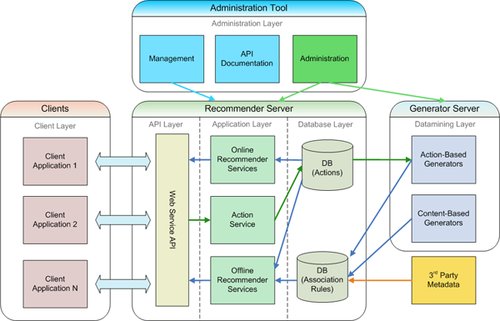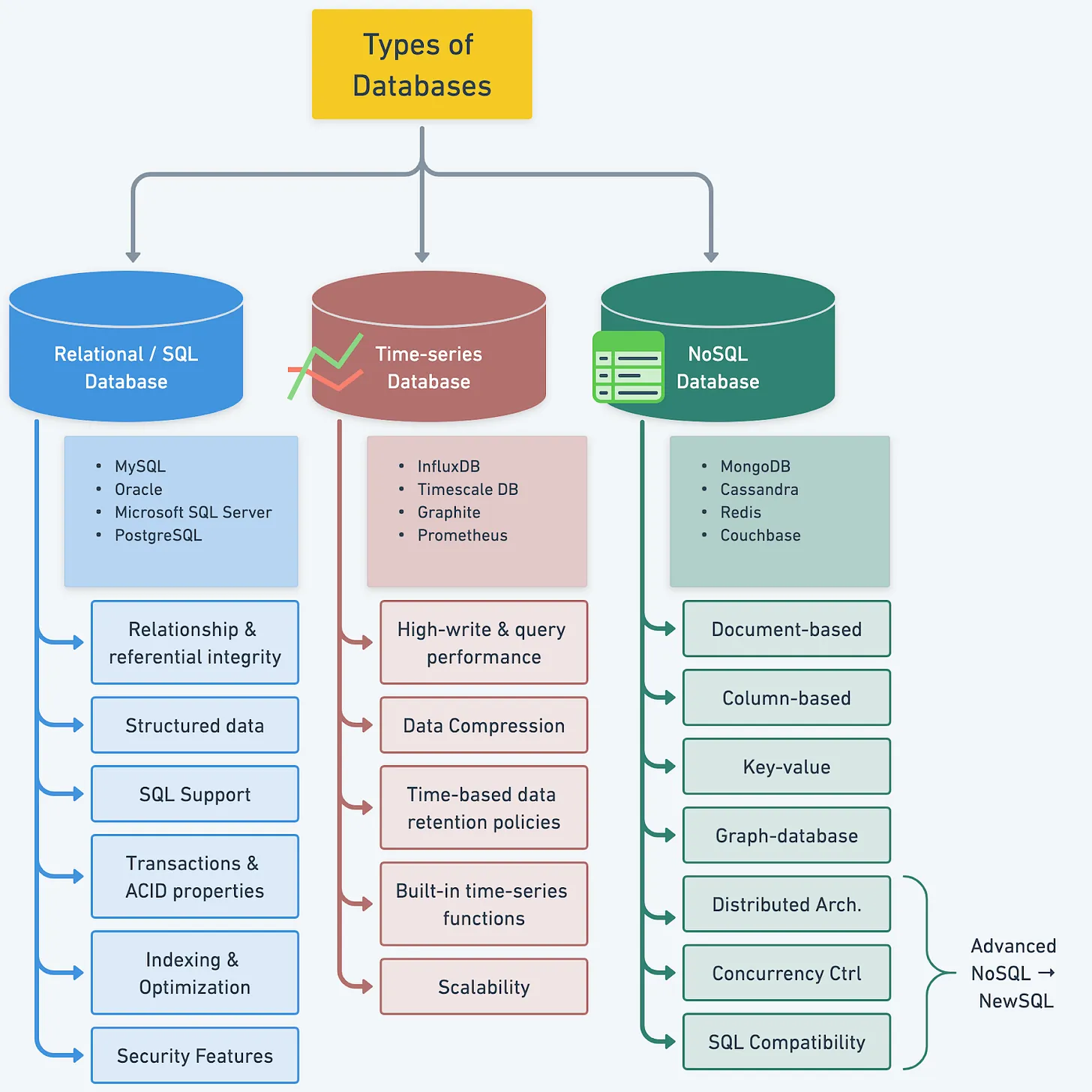Have you ever pondered what makes your favorite web applications so intuitive and responsive? Imagine yourself browsing an online store with ease, adding products to your cart fast, and checking out with a few clicks. It all seems so easy, right? Yes, that’s how web application architecture works!
According to research, 47% of people will quit a website if it takes longer than two seconds to load. Users really value speed and efficiency a lot! As a tech enthusiast, you need to know how these smooth experiences are put together in order to make apps that not only get people to use them but also keep them coming back.
The key components of web application architecture are covered in this article. Our discussion will cover backend technologies, HTTP headers, and data-protecting security rules.
What is Web Application Architecture?

A web application’s architecture is the blueprint for the app’s core functionality and development process. It includes all the parts that work together, especially the parts on the client side (the front end) and the parts on the server side (the back end). This architecture plays an essential role because it affects user engagement, data flow efficiency, and overall program performance.
This article will cover web application architecture’s important components, focusing on backend technologies, HTTP headers, and security rules, to help both developers and users understand them.
Understanding the Basics
What is a Web Application?
A web application is a dynamic software solution that users interact with through web browsers over the internet. Static websites serve up unchanging content, while web applications offer dynamic content and interactivity, allowing users to execute various tasks like data management and transactions.
Examples of web applications include:
- Social Media Platforms: Facebook, Instagram
- Productivity Tools: Google Docs, Trello
- E-commerce Sites: Amazon, eBay
Why Architecture Matters
The architecture of a web application significantly influences its performance, scalability, and maintainability. A well-structured architecture improves user experience by giving users faster and more responsive applications, while also enabling smooth updates and the addition of new features.
What are the Three Main Components of Application Architecture?
Understanding the fundamental elements of application architecture is important for developers and tech enthusiasts. The three primary components are as follows:

1. Presentation Layer (Client-Side)
The presentation layer, often referred to as the client-side, handles the user interface and user experience. This layer interfaces directly with the user, focusing on the presentation of information and the user interactions within the application.
Key technologies in this layer include:
- HTML/CSS: For structuring and styling the user interface.
- JavaScript: For implementing dynamic behaviors and interactions.
2. Application Layer (Business Logic)
The application layer handles the business logic that processes user requests and enforces the rules of the application. It serves as an intermediary between the UI layer and the data layer, making sure that data is handled and converted accurately according to the application’s specifications.
This layer is usually implemented with server-side coding languages and frameworks, including:
3. Data Layer (Database Management)
The data layer handles the storage, retrieval, and management of data. It communicates with databases to execute tasks like querying, updating, and deleting records. The selection of database technology can significantly impact the application’s performance and scalability metrics.
Common database types include:
- SQL Databases: Such as MySQL and PostgreSQL for structured data.
- NoSQL Databases: Such as MongoDB and Couchbase for unstructured or semi-structured data.
Backend Technologies
Programming Languages and Frameworks
The backend of a web application handles server-side logic, managing data processing and facilitating communication between the client and server. Programming languages and frameworks include:
- Languages:
- Python: Known for its clear syntax and user-friendly nature, featuring powerful frameworks like Django and Flask.
- JavaScript (Node.js): Facilitates server-side JavaScript execution, allowing for full-stack development using a single programming language.
- Ruby: Known for the Ruby on Rails framework, which prioritises convention over configuration, optimising the development process.
Databases

Databases play an essential role in storing and retrieving data for applications. Choosing between SQL (relational) and NoSQL (non-relational) databases can have a major effect on performance and scalability.
API Gateways
API gateways serve as a centralised access point for handling requests directed to microservices, managing routing, composition, and protocol translation efficiently.
They fulfil multiple functions:
- Simplifying Client Interactions: Allowing clients to engage with multiple services through a unified API.
- Enhancing Security: Offering a layer for authentication and request throttling to mitigate risks.
Serverless Computing

Serverless architecture allows developers to create applications while taking away the management of the underlying infrastructure. Services such as AWS Lambda and Azure Functions enable event-driven architectures, letting developers incur costs solely for the resources they utilise.
Message Brokers
Message brokers facilitate communication across different services, allowing for asynchronous messaging and the separation of components. Key instances are RabbitMQ and Apache Kafka, which play a crucial role in microservices architectures.
Caching Layers
Caching layers like Redis or Memcached boost app performance by temporarily holding frequently accessed data, which cuts down on database load and speeds up response times.
Load Balancers
Load balancers distribute incoming traffic across multiple servers, preventing any single server from becoming a bottleneck and enhancing application availability and reliability.
Containerization
Containerisation solutions like Docker allow developers to bundle apps and their dependencies for consistent deployment across varied environments and scalability.
Authentication and Authorization
Creating strong authentication and authorization systems is essential for protecting web applications. Here are some efficient methods:
- OAuth2: A widely adopted framework for token-based authentication, facilitating secure access.
- JWT (JSON Web Tokens): Used for the secure transmission of information between parties.
HTTP Headers and Security Policies
Common HTTP Request Headers
HTTP headers give essential data about the request sent from the client to the server. Key request headers consist of:
- User-Agent: Identifies the client application making the request.
- Accept: Specifies the media types acceptable for the response.
- Authorization: Contains the credentials required for user authentication.
Common HTTP Response Headers
Response headers provide details regarding the server’s output. Key response headers include:
- Content-Type: Indicates the media type of the response (e.g., application/json).
- Cache-Control: Directives that manage caching mechanisms in both requests and responses.
- Set-Cookie: Used to transmit cookies from the server to the client.
HTTP Security Policies
HTTP security policies are essential for safeguarding web applications. Key policies include:
- CORS (Cross-Origin Resource Sharing): Regulates which domains can access server resources.
- Content Security Policy (CSP): Mitigates various attacks, such as XSS (Cross-Site Scripting), by specifying permissible resource loading.
Best Practices for Web Application Architecture
Scalability and Performance
To optimize performance, several strategies should be implemented:
- Load Balancing: Distributing user traffic across multiple servers to enhance responsiveness and reduce latency.
- Caching: Storing frequently accessed data to minimize load times and improve efficiency.
- Asynchronous Processing: Offloading non-critical tasks to background processes, allowing for smoother user experiences.
Security Considerations
Integrating security into the architecture from the outset is crucial. Key practices include:
- Data Encryption: Utilizing SSL/TLS protocols to secure data in transit and ensure confidentiality.
- Input Validation: Implementing measures to prevent SQL injection and cross-site scripting (XSS).
- Robust Authentication: Establishing strong authentication mechanisms to verify user identities.
Maintainability and Flexibility
Maintainability is vital for long-term success. Strategies for achieving this include:
- Modular Design: Decomposing the application into smaller, manageable components to facilitate updates and enhancements.
- Comprehensive Documentation: Keeping up-to-date documentation for seamless onboarding and knowledge transfer.
In summary, understanding the architecture of a web application—especially the details of backend technologies and HTTP protocols—is essential for building robust, scalable, and secure applications. By emphasizing on the technologies outlined in this article, programmers can build high-performance applications that provide outstanding user experiences.
We encourage you to use these design principles in your web app projects and learn more about the many tools and technologies that are out there. For further reading, consider the recommended resources below.
Leave a Reply